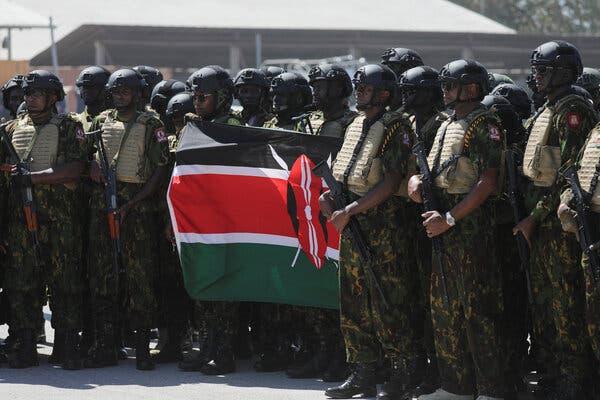
The U.S. Claims To Be Embarked on a Global Crusade Against Authoritarianism While It Supports Authoritarian Regimes Like the One in Kenya
In mid-April 2025, President Donald Trump offered support for the Multinational Security Support Mission in Haiti, which is led by the National Police Service of Kenya.
Financed largely by the U.S., which provides intelligence sharing, communications and air power,[1] the Kenyan police were sent to Haiti last year under an agreement supported by the Biden administration ostensibly to help defend Haitians from criminal gangs.
The World Socialist Website, however, stated that the Kenyan police were actually functioning as “de facto mercenaries [in Haiti]…[and] jailers for a country which has become an open-air prison. The mission seeks to terrorize the Haitian population into submission to ensure the gang crisis does not precipitate a mass outflow of refugees to the U.S. and Canada or serve to destabilize the Caribbean region.”
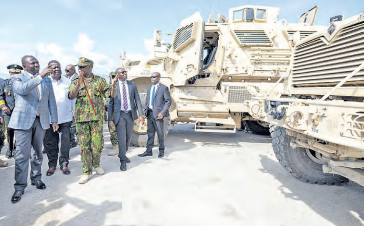
The brutality of Kenya’s police force received international notoriety in late June when photographs captured a Kenyan police officer shooting a man in the head who had been part of a demonstration against police violence precipitated by the murder of a blogger and teacher, Albert Ojwang, in police custody.[2]
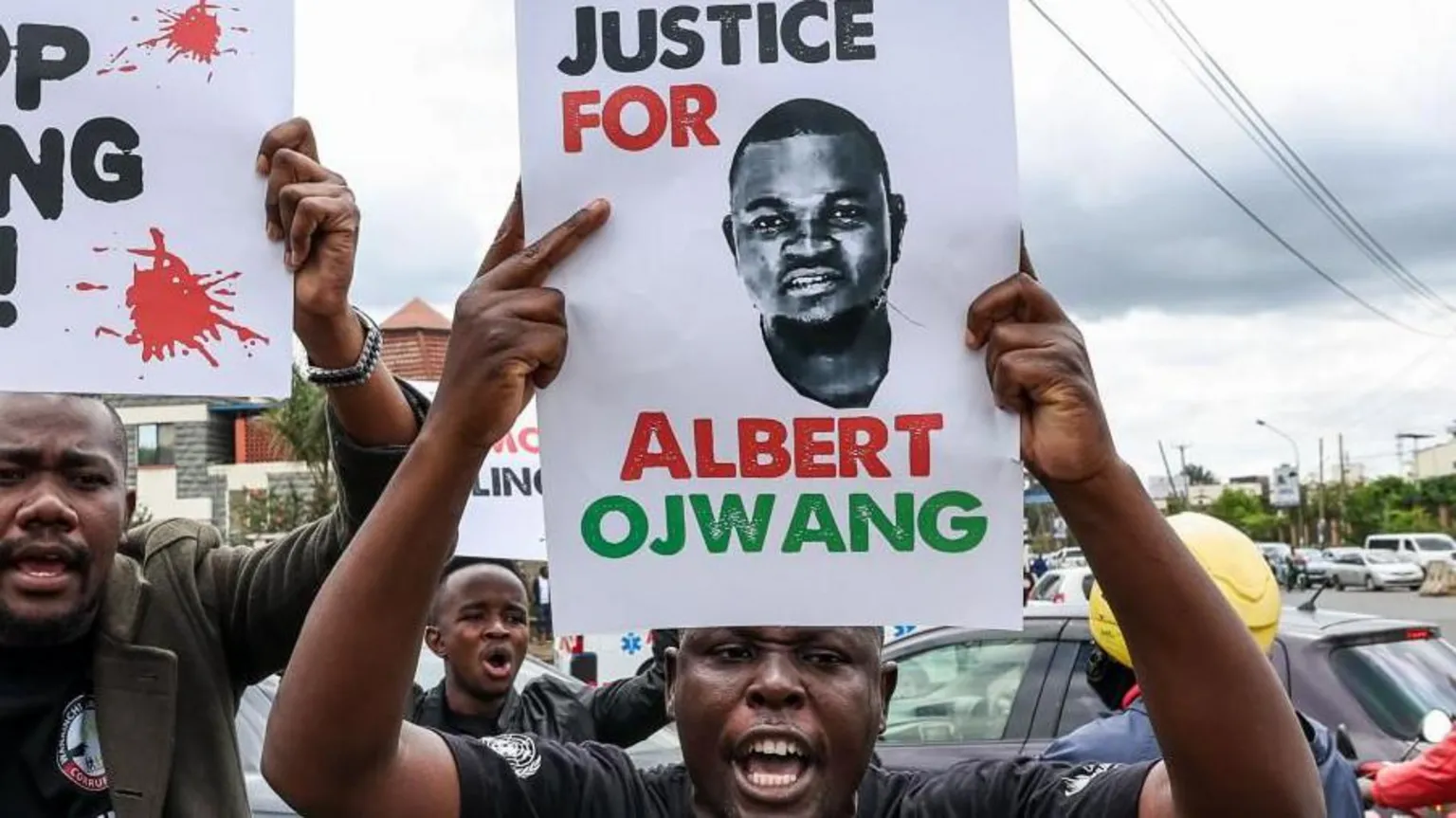
Over 50 people, many of them youth, were killed and 400 injured in suppression of subsequent demonstrations marking the 35th anniversary of the 1990 pro-democracy Saba Sabs uprisings and one year anniversary of anti-austerity protests that were also brutally crushed.[3]
Kenyan President William Ruto gave orders to police to “shoot anyone who burns some else’s business and property and to break their legs.”[4]
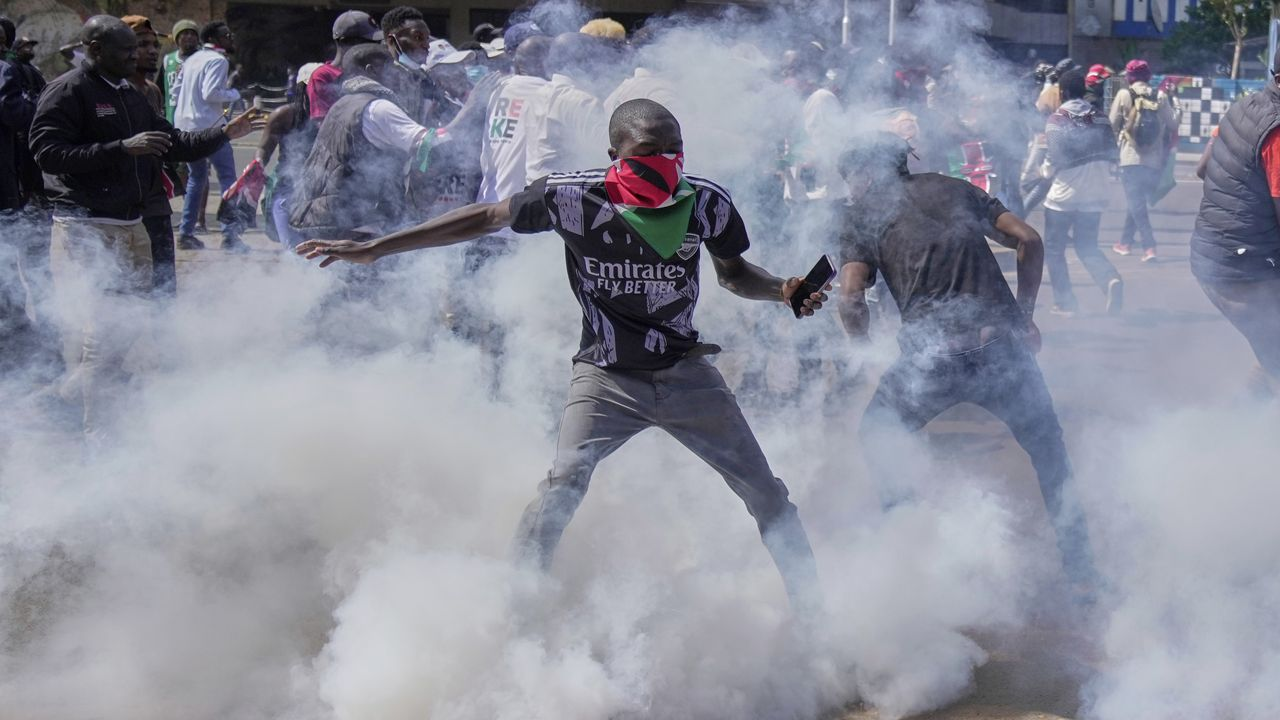
Long heralded by the U.S foreign policy elite as one of Africa’s most “stable democracies,” Kenya was elevated to the role of a non-NATO ally of the U.S. under the Biden administration, enabling it to acquire modern U.S. weaponry and receive training to deploy troops as proxies across Africa—and the Caribbean.
In 2023, the U.S. provided Kenya with nearly $700 million in foreign aid and, in 2022, with more than $1 billion.[5]
Between 2020 and 2024, over $230 million was provided to Kenyan military and security forces. The U.S. agreed to send 16 Huey helicopters and armored vehicles and to upgrade Kenyan military bases after signing a mutual defense agreement in 2023.[6]
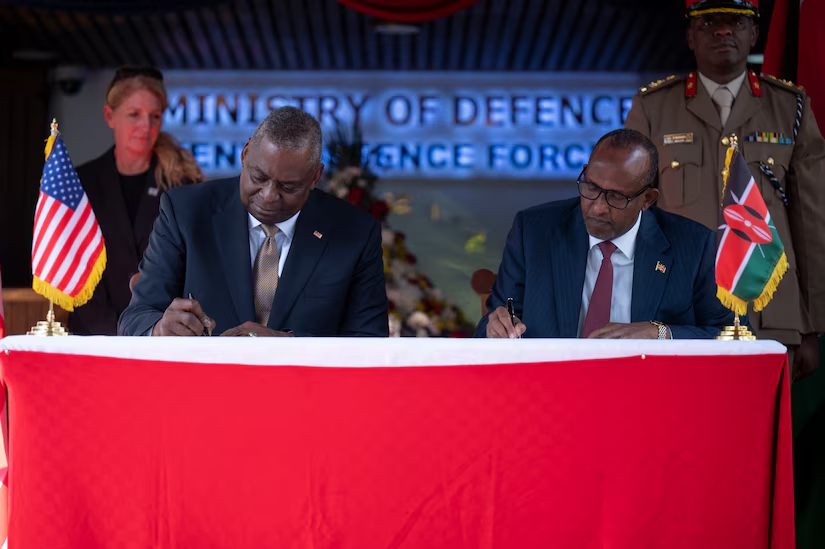
Kenya’s strategic value lies in its proximity to the Indian Ocean, the Horn of Africa and the Red Sea and Bab el-Mandeb Strait, a chokepoint critical to securing global energy.
Kenya’s government has curried Washington’s favor by a) keeping a force of 3,500 troops in Somalia, which worked with the Somali army to hunt down al-Shabaab; b) signing the defense deal allowing for U.S. military advisers in Kenya; and c) providing troops for a Western-backed African peacekeeping force in eastern Congo, whose purpose was to stabilize the region so Western corporations could plunder its mineral wealth.[7]
Home to the largest U.S. embassy in Africa, Kenya currently hosts four U.S. military bases, including an airfield in Wajir and Camp Simba in Manda Bay, a hub for U.S. surveillance and drone operations into Somalia and Yemen.
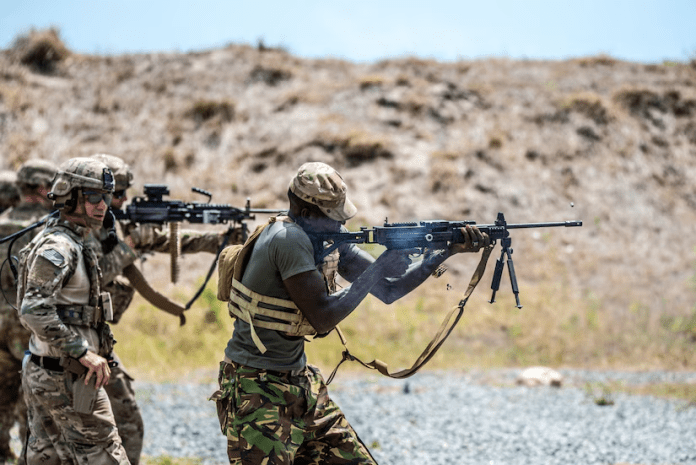
The Biden administration and, now, the Trump administration envision making Kenya into a manufacturing hub for U.S. companies looking to relocate from China and want to sustain control over Kenya’s ports, which could be used to strangle Chinese trade.
Calvin Klein and Tommy Hilfiger, profit from the exploitation of cheap Kenyan labor in an Export Processing Zone, where foreign companies are exempt from paying taxes.
In June 2024, Ruto ordered the Kenyan army and police to crack down on demonstrators who were against an IMF-dictated finance bill imposing hikes to a regressive sales tax.
Styling himself when he first gained election as a “hustler” who would transform Kenya’s economy from the “bottom-up,” Ruto remains deeply unpopular for his imposition of austerity measures that cut public sector employment and social services and eliminated subsidies on fuel and the food staple unga (maize flour).
An estimated 34 percent of Kenyans live on under $2.15 a day, with 38 percent below the national poverty line and 29 percent enduring extreme deprivation. Youth unemployment remains at 67 percent.[8]
A 22-year-old protester in Nairobi told Reuters: “We can’t feed our families, so we have to be on the street to stop the increasing prices, to stop the (police) abductions, and to stand up for our country.”
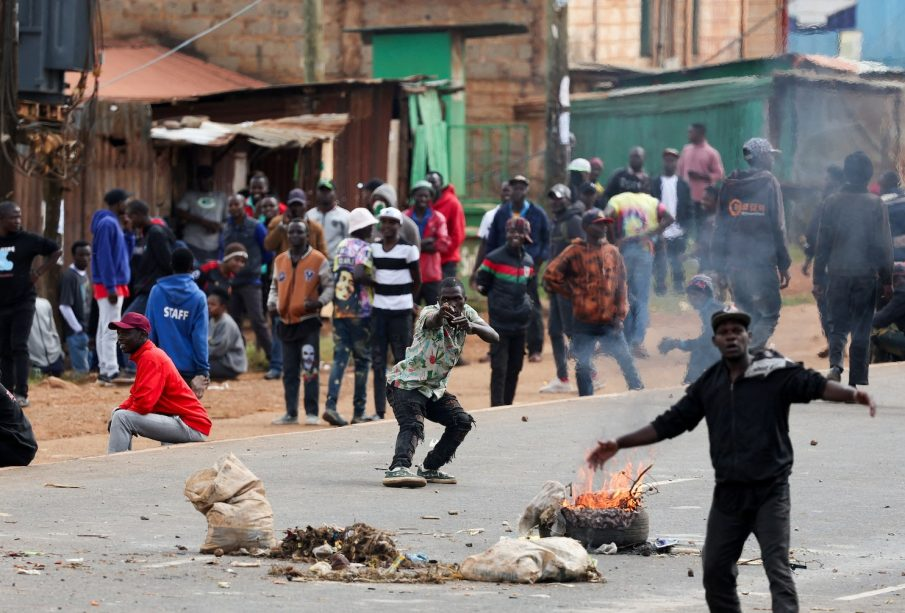
After the police crackdown last year, Secretary of State Antony Blinken commended Ruto “for his commitment to direct police to refrain from using violence of any kind against protesters,” which was patently false as at least 60 people were killed.
Weeks before, Ruto had been given a formal State Dinner in Washington, the first for an African leader in 16 years. Barack Obama and Bill and Hillary Clinton attended.[9]

Partner in War on Terror
Samar Al-Bulushi, a professor of anthropology at the University of California at Irvine, has published a book War-Making As Worldmaking: Kenya, the United States, and the War on Terror, which shows how Kenya evolved in the 21st century as a key U.S. proxy in the Global War on Terror.

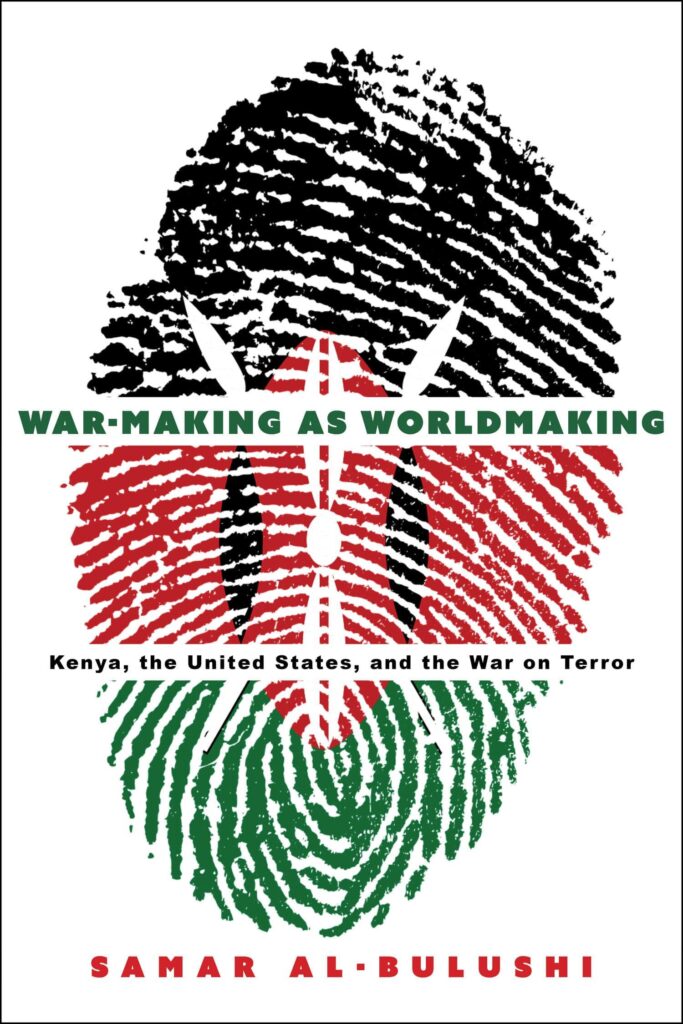
Once a center of resistance to empire that housed the Mau Mau freedom fighters, Kenya stands today as a counter-revolutionary nation whose leaders have helped normalize militarism and endless war in collaboration with an imperialist power (the U.S.).[10]
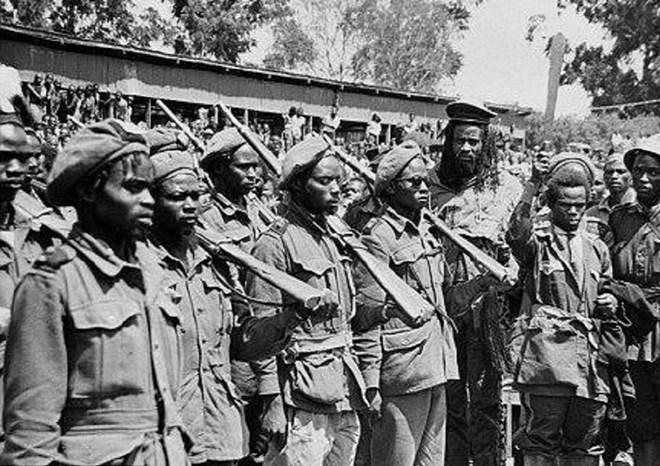
Beginning in the late 1990s after al-Qaeda attacked the U.S. embassies in Nairobi and Dar es Salaam, the CIA began training and equipping specialized Kenyan police anti-terrorism units that targeted suspected Muslim radicals operating in Kenya.
These units evolved into death squads, which terrorized Kenya’s Muslim population through omnipresent surveillance and raids and kidnappings of terrorist suspects, many of whom were innocent.
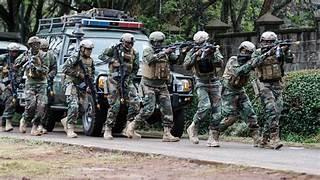
The CIA training was in violation of the Leahy Law, which prohibits support to a unit of foreign security forces if the Secretary of State has “credible information” that the unit has committed a “gross violation of human rights.”[11]
Al-Bulushi writes that the African continent has become a laboratory for the U.S. military as it employes a wide matrix of violence ranging from drone strikes to calibrated policing operations using proxy forces that employ advanced technologies to track and target potential suspects in urban spaces.[12]
After al-Shabaab carried out a terrorist attack at Nairobi’s Westgate Mall in April 2014, Kenyan security forces arrested nearly 4,000 people and converted a sports stadium into a detention center where more than 1,000 people were detained.[13] Some analysts compared the response to repressive British tactics during the suppression of the 1950s Mau Mau uprising.[14]
Al-Shabaab originated in the late 2000s amidst the social devastation of the 2006/07 U.S.-Ethiopian invasion of Somalia, which overthrew a moderate Islamic regime that had tried to make peace with the West and destabilized Somalia.
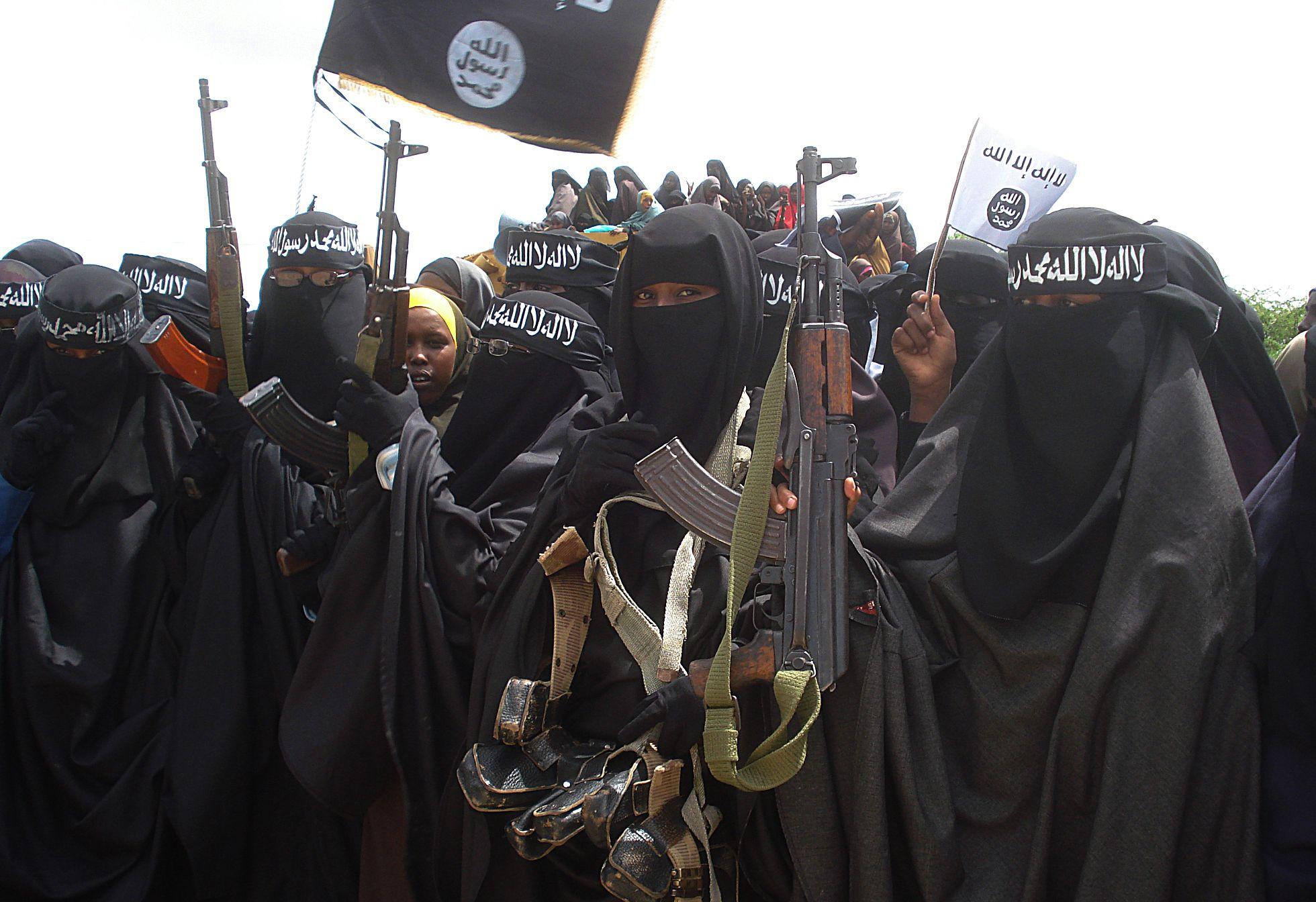
The use of Kenya to fight al-Shabaab undergirds a U.S. strategy predicated on the idea that “Africans do most of the dying while the U.S. does some of the spending to avoid being drawn into politically risky intervention,” to quote Adekeye Adebajo, director of African affairs at the University of Johannesburg.[15]
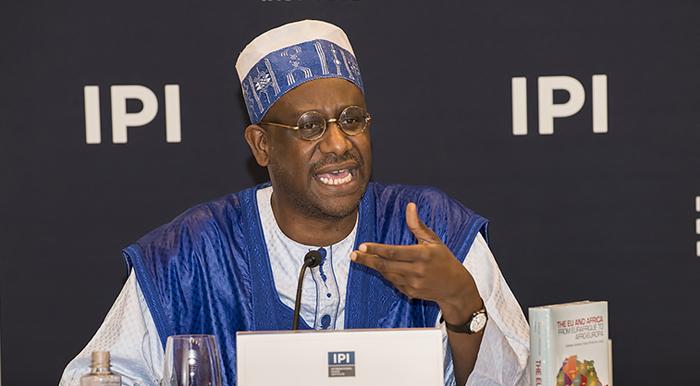
When Kenyan President Mwai Kibaki (2002-2013) dispatched 2,000 troops into Somalia in 2012, he was supported by Ugandan President Yoweri Museveni and Somalian President Sharif Sheikh Ahmed, reflecting what Al-Bulushi calls the “Africanization of the War on Terror.”[16]
The latter represents a distortion of the Pan-African ideal advanced by Kwame Nkrumah and an earlier generation of African leaders who envisioned African collaboration in an anti-colonial project that sought to counter Western interests and the plunder of Africa.
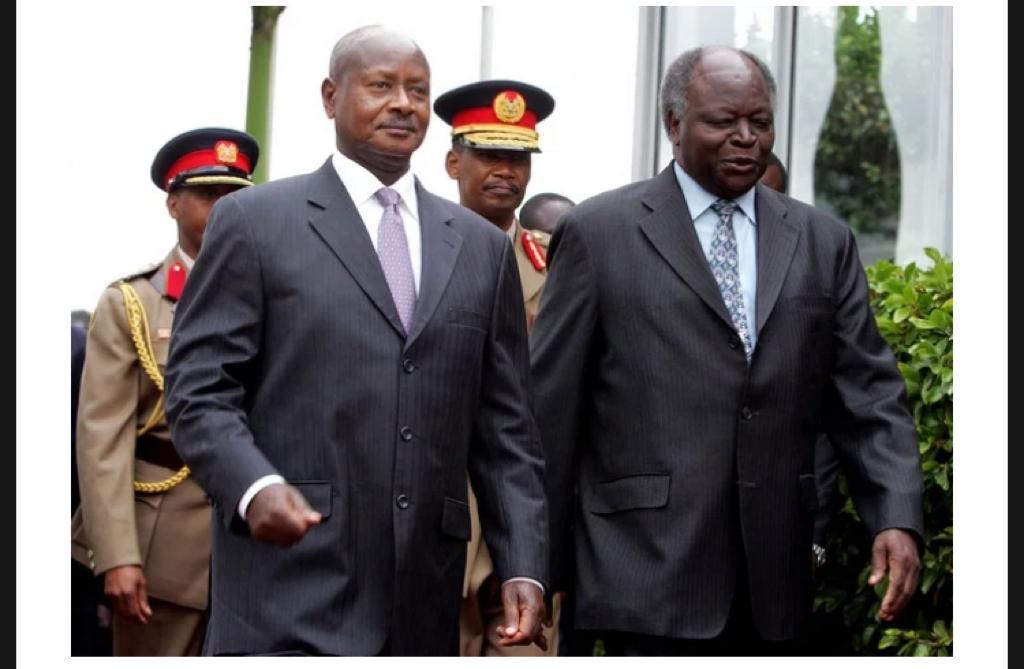
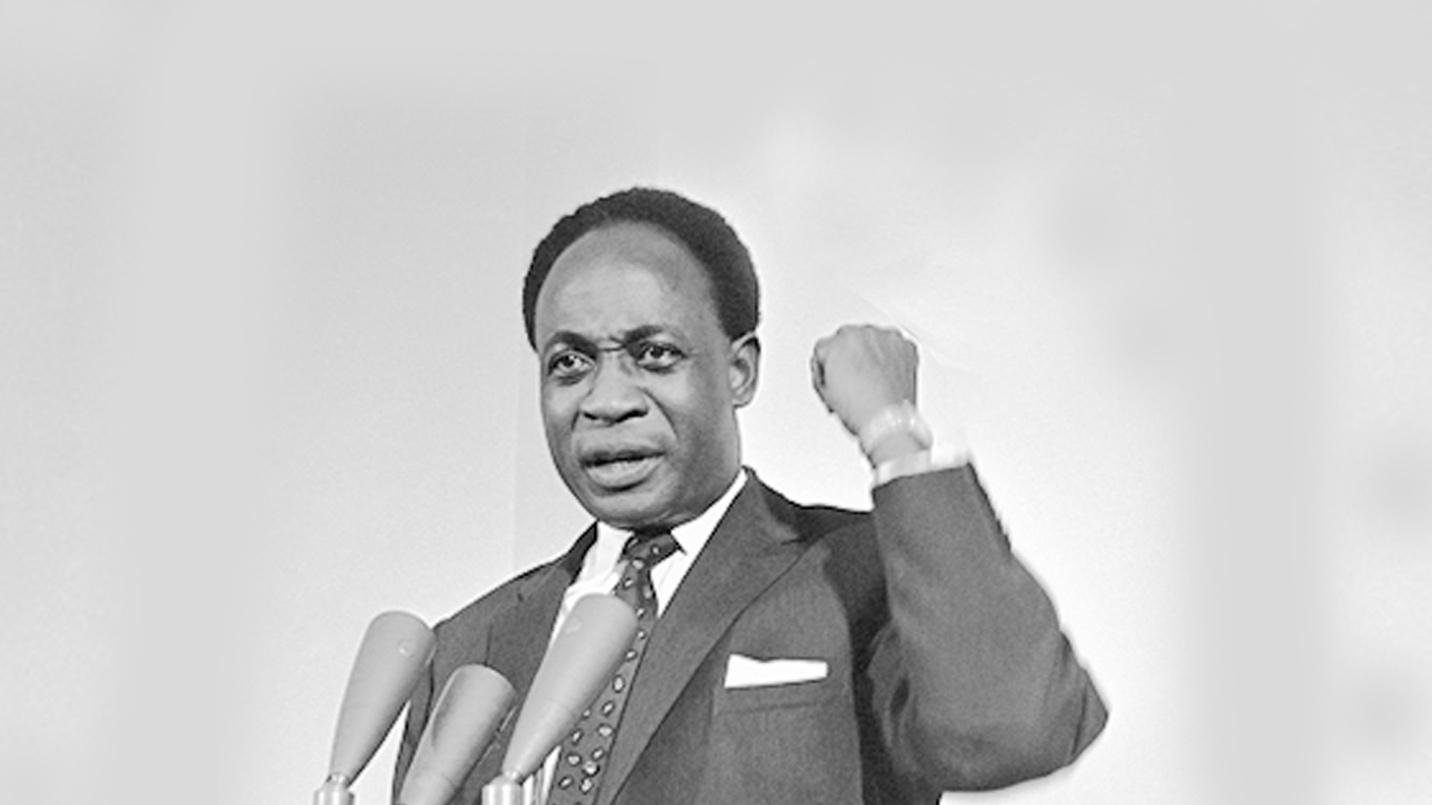
Cold War Precedent
During the Cold War, Kenya had enjoyed good relations with the U.S. because its leaders were anti-communists who opened Kenya to foreign investment.
Kenya’s first post-independence president, Jomo Kenyatta, “ruled out the nationalization of foreign-owned assets, including European owned land,” according to Al-Bulushi, and rejected calls for land redistribution while establishing a marketing campaign to promote an idea of Kenya that would entice Euro-American tourists.
Al-Bulushi suggests that Kenyatta and his supporters internalized many of the assumptions underlying the colonial system and, by doing so, became disconnected from their heritage of struggle.
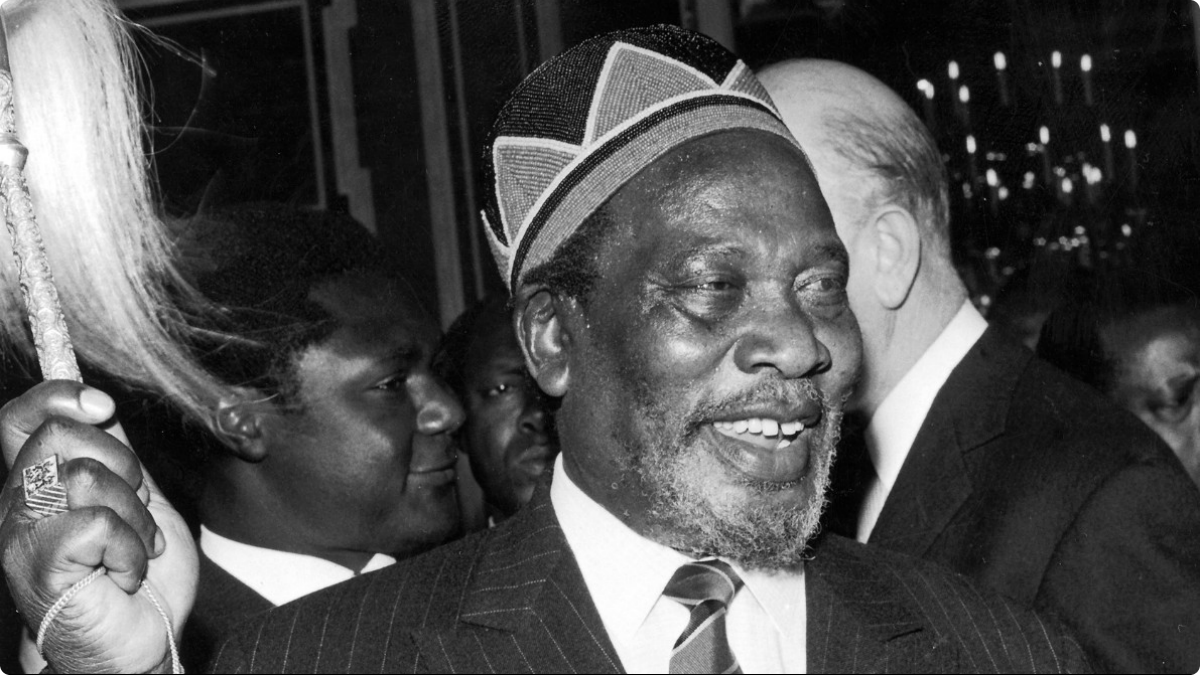
From 1965 to 1971, USAID’s Office of Public Safety (OPS) provided $697,000 in police aid and established a police advisory mission to Kenya, headed by a number of Vietnam veterans, that bolstered Kenya’s national security apparatus.
A primary goal was to undercut the radical left—which supported Jaramogi Oginga Odinga over Kenyatta—and to help the Kenyan government suppress a separatist movement on the Somali border in what was known as the Shifta War lasting from 1963-1967.[17]
At this time Kenya was already a police state drawing off the colonial legacy. Mombasan poet Abdilatif Abdalla was Kenya’s earliest political prisoner, arrested and charged with sedition in 1969 for publishing a pamphlet that challenged the state’s intolerance of critique.[18]
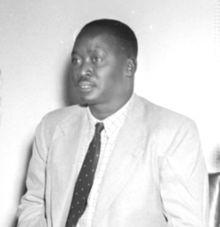
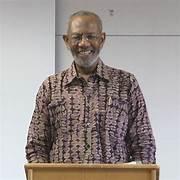
Setting a direct precedent to today, Al-Bulushi writes that the Kenyan government’s framing of the Shifta War as a fight against “rebels,” “bandits” and “terrorists” allowed it to justify the collective punishment of ethnic Somalis.
Paramilitary units originally formed by the British and trained by the OPS were permitted to arrest, detain and shoot suspected rebels, and confiscate livestock and property.[19]
Despite a negotiated end to the Shifta War in 1967, the state of emergency lasted until 1991, meaning that northern Kenya fell within a separate legal regime for nearly 30 years.
During that time, the Kenyan military engaged in repeated acts of state terror, including most notoriously near Wagalla in 1984, where they massacred 2,000 ethnic Somalis.[20]
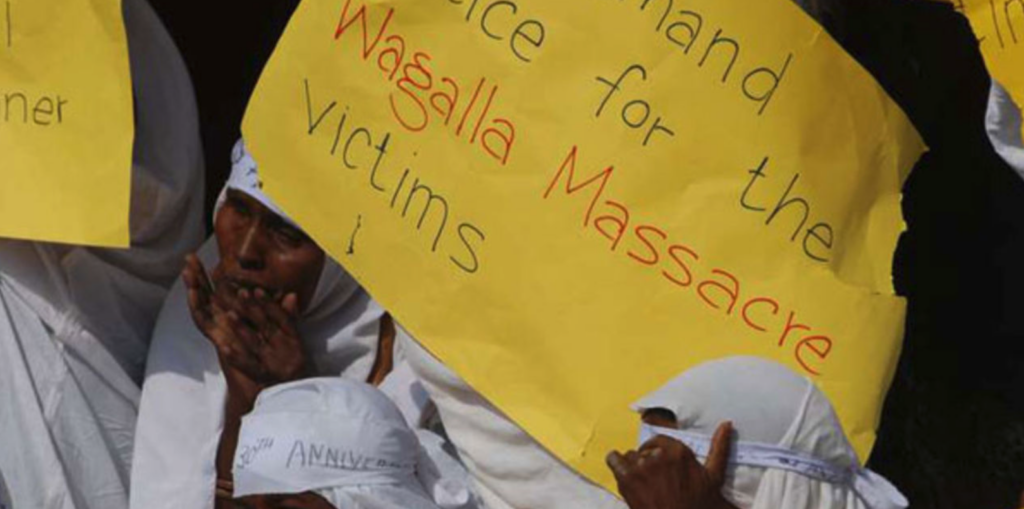
An African Phoenix and Condor
The Wagalla massacre and Shifta War set the groundwork for the Global War on Terror, where Somalis and others accused of supporting terrorism have continued to be brutalized by Kenyan security forces beefed up by the United States.
The worst abuses have been carried out by a secretive police unit known as the Rapid Response Team (RRT) that has received training, equipment and financing from the CIA along with British MI6 and Israeli Mossad.[21]
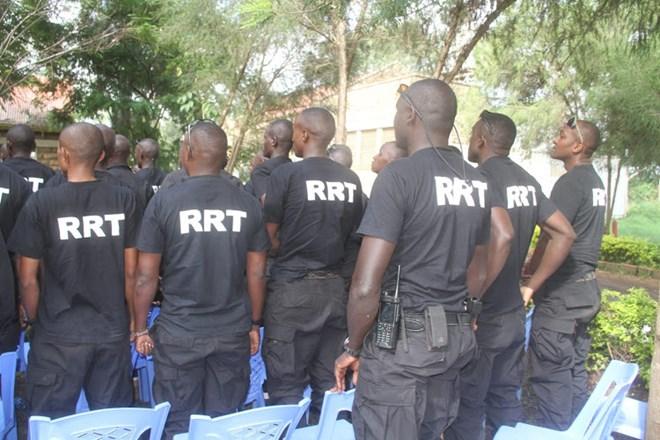
Al-Bulushi writes that the RRT—nicknamed “the Rendition Team,”—is “believed to be responsible for an unknown number of ‘kill or capture’ raids, summary executions, and enforced disappearances, including raids and killing that were found to be based on mistaken identities.”[22]
Intelligence often came from the CIA and British MI6, with the goal being neutralization of targets rather than investigation—as in the U.S.’s Phoenix Program in Vietnam.[23]
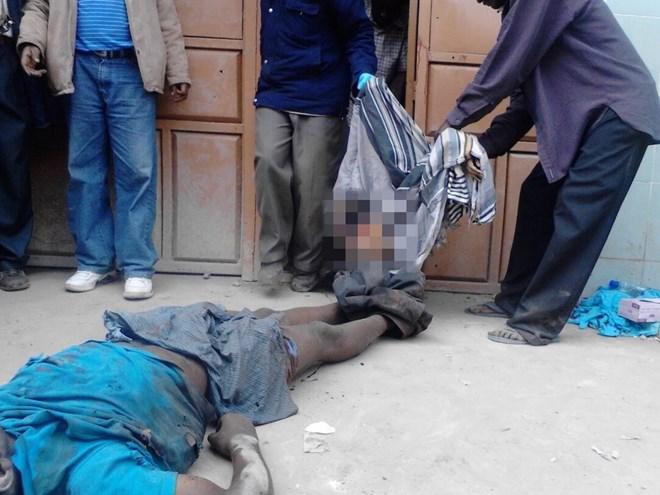
Since 2004, the CIA has paid RRT commandos to fly to the U.S. for SWAT-style training in rendition and disruption operations, including reconnaissance and surveillance, storming a building, close-quarter battle, and weapons handling at locations that include the U.S. Naval Academy in Annapolis, Maryland.
The CIA paramilitary liaison, based at the U.S. embassy in Nairobi, has been directly involved in planning some of the RRT operations, and CIA operatives have gone out in the field with their protégés. CIA paramilitary officers and contractors additionally have assisted the RRT by conducting surveillance and tracking of a target, either remotely or from a nearby safehouse or vehicle.

The RRT’s victims include religious clerics such as Aboud Rogo, an orator of the stature of Hassan Nasrallah and critic of Kenyan government corruption, who was assassinated by an RRT hit squad in Monday morning traffic in Mombasa.[24] Rogo’s replacement, Sheikh Ibrahim Omar, was gunned down near the same place 14 months later.
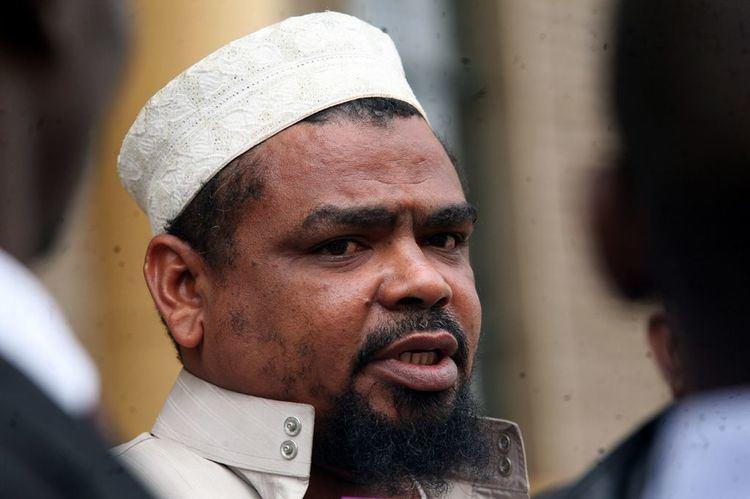
In 2014, the Kenyan government signed an agreement with an Israeli firm to develop a biodata system for national identity cards.
The U.S. National Security Agency (NSA) also began secretly monitoring telecommunications systems in Kenya through a program called MYSTIC that reflected Kenya’s status as a growing police state.[25]
Al-Bulushi tells the story of victims of this police state, including Maryam, an IT professional whose husband Hamisi was kidnapped by the RRT in August 2010 and held in custody for nearly a decade on false accusations that he was involved in a terrorist bombing in Kampala, Uganda.
Activist Al-Amin Kimathi was also arrested when he traveled from Nairobi to Kampala to arrange legal representation for Hamisi and other Kenyans who had been illegally rendered to Uganda on suspicion of involvement in the terrorist bombing.
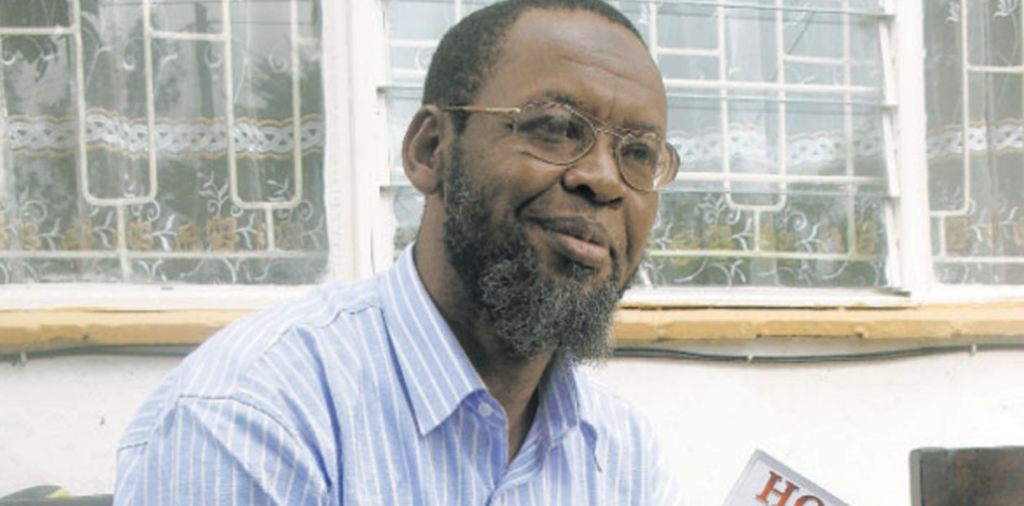
For three years, Al-Amin and Hamisi had been tracking the cases of Kenyans who had been arrested or disappeared, including Kenyan citizens who were illegally rendered (underwent rendition) to prisons in Somalia and Ethiopia in 2007.[26]
After Hamisi’s arrest, the RRT descended on Maryam’s home, claiming to be looking for evidence. This was a traumatizing experience for Maryam, who lives in fear that the RRT will one day come back.
Continuing her husband’s work, Maryam has dedicated herself to trying to track the whereabouts of others whom the RRT has disappeared.[27]
Her efforts are reminiscent of the “Mothers of the Disappeared” who sought to track the whereabouts of loved ones “disappeared” by CIA-trained police forces in South America during the 1970s under the infamous Operation Condor—a successor of the Phoenix Program.[28]
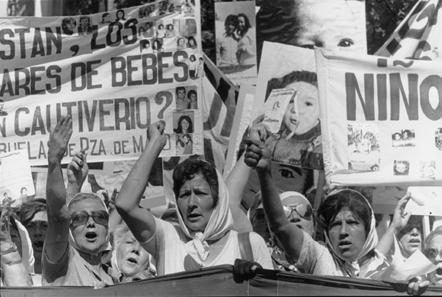
Yet Another Foreign Policy Disgrace
Al-Bulushi’s book is valuable because it shows how the Cold War and the War on Terror have provided a pretext for the U.S. to expand its political influence in Kenya and how the U.S. trains foreign police and uses proxy forces to do much of its dirty work.
Fitting a long historical pattern, the outsourcing of state violence diminishes the domestic political costs of foreign intervention, as the U.S. public is largely oblivious about what is going on.
The U.S. in turn can continue to pursue imperialistic objectives without much of a backlash, although growing hatred for U.S. foreign policy around the world may very well yield adverse blowback effects.
For its part, ruling elites in client states like Kenya see alliance with the U.S. as critical in solidifying their power base.
Al-Bulushi was struck in her travels to Kenya by how many Kenyans supported their government’s intervention in Somalia and involvement in repressive policing campaigns targeting Muslims.
This had a lot to do with the success of state propaganda and vilification of Somalis in Kenya.
Kenya’s ruling class has generally sought to foment ethnic divisions in order to divide the population and prevent class-based solidarity that would threaten its hold on power.
Besides providing support for the War on Terror, this approach resulted in horrific ethnic violence following Kenya’s contested 2007 election, which was stirred on by Kenyan politicians like Jomo Kenyatta’s son Uhuru.
The crushing of recent anti-austerity protests brazenly shows, on top of all the police killings, the authoritarian nature of the Kenyan government, whose support by the U.S. represents yet another foreign policy disgrace.

Samar Al-Bulushi, War-Making As Worldmaking: Kenya, the United States, and the War on Terror (Palo Alto, CA: Stanford University Press, 2025), 160. ↑
Eve Sampson, “Photographs Of a Police Officer Shooting a Protester Fuel Outrage in Kenya,” The New York Times, June 21, 2025, A6; Eve Sampson, “He Was Killed in Police Custody. Kenyans Are Not About to Let it Go,” The New York Times, July 6, 2025. ↑
Kipchumba Ochieng, “Ruto Locks Down Nairobi to Stop Kenyan Protests, Police Kill 10,” World Socialist Website, July 7, 2025; Kipchumba Ochieng, “Kenya’s Ruto Government Bloodbath Against Gen Z Protests,” World Socialist Website, June 25, 2025. Ochieng reported that “in Nairobi’s central business district, thousands marched bearing flags and placards with the faces of those murdered in last year’s uprising, chanting “Ruto must go” as the military stationed itself at strategic locations like Nyayo Stadium. Government offices were barricaded with razor wire. The marches mostly started peacefully, until police lobbed teargas and fired batons and live ammunition.” ↑
Kipchunga Ochieng, “After over 50 demonstrators gunned down this year, Kenya’s President Ruto orders: ‘Shoot them in the leg.’” World Socialist Website, July 13, 2025. Hundreds of protesters have been abducted by police and disappeared. Political activists from Tanzania and Uganda are also being abducted by security forces in Kenya. ↑
The figure for 2024 is $482 million. ↑
Direct support to the Kenyan military was provided by the Massachusetts National Guard. Ruto deployed the military to crush protesters. Kenya received additional helicopters from South Korea. In 2019, the Trump administration provided Kenya with anti-tank missiles to assist in operations in Somalia. During the 1980s, the Reagan administration provided Kenya, then ruled by Daniel Arap Moi, with TOW missiles. ↑
See Jeremy Kuzmarov, “African Protests Target U.S. Client Governments,” CovertAction Magazine, September 16, 2024. ↑
Ochieng, “After over 50 demonstrators gunned down this year, Kenya’s President Ruto orders: ‘Shoot them in the leg.’” ↑
The crucial U.S. support for Kenya’s oppressive government is left out of mainstream media accounts and elite intellectual journals, like the National Endowment for Democracy (NED)’s in-house Journal of Democracy. The latter has an article written by a Kenyan discussing the protests and how they were spawned by the failings of Ruto’s government. Predictably, however, the article ignores the state interests that have resulted in Washington’s crucial support for Ruto. When it is clear that Ruto has completely lost the domestic mandate to rule, the U.S. will try and maneuver its own people into office to replace him. The NED is in the process of organizing a “people’s convention” that will bring together civil servants and political activists dedicated to expanding “participatory and deliberative democracy,” which clearly does not exist in the U.S. The NED has been active in Kenya in supporting various media and civil society groups. The situation seems to parallel Uganda where the U.S. continues to support dictator Yoweri Museveni, who provides the U.S. with military bases and a favorable investment climate for U.S. corporations. The NED and other U.S. government agencies are at the same time supporting opposition groups so that when Museveni is finally forced from office, Uncle Sam will continue to get what it wants out of the country. ↑
Al-Bulushi, War-Making As Worldmaking, 9. ↑
The Leahy Law is named after former Senator Patrick Leahy (D-VT). ↑
Al-Bulushi, War-Making As Worldmaking, 87. ↑
Al-Bulushi, War-Making As Worldmaking, 19, 20. ↑
Idem. ↑
Al-Bulushi, War-Making As Worldmaking, 12. ↑
Al-Bulushi, War-Making As Worldmaking, 40. ↑
Jeremy Kuzmarov, Modernizing Repression: Police Training and Nation-Building in the American Century (Amherst, MA: University of Massachusetts Press, 2012), 183, 184. ↑
Al-Bulushi, War-Making As Worldmaking, 97, 98. ↑
Al-Bulushi, War-Making As Worldmaking, 20, 38. More than 2,000 Somalis designated by the Kenyatta government as shifta were killed in the fighting, according to Al-Bulushi. ↑
Al-Bulushi, War-Making As Worldmaking, 20, 39. ↑
Al-Bulushi, War-Making As Worldmaking, 89. A former senior CIA counter-terrorism official said that “the creation” of the RRT was “an indigenous solution to an indigenous problem.” ↑
Al-Bulushi, War-Making As Worldmaking, 89. ↑
One CIA operative said that the RRT’s mission is “just to take out suspects. You know they don’t investigate. They just identify the target, neutralize the target.” The Phoenix Program was a targeted assassination program in Vietnam that resulted in the deaths of at least 20,000 Vietnamese civilians, as the CIA Director who headed the operation, William Colby, admitted. See Douglas Valentine, The Phoenix Program (New York: William Morrow, 1990). ↑
Al-Bulushi, War-Making As Worldmaking, 94, 150. According to Al-Bulushi, Rogo’s lectures were a “popular gathering space for debate related to Islam, democracy, and citizenship.” After Rogo’s death, the Kenyan government established an investigative task force, which reported that police had mishandled the crime scene and recommended a public inquest. The public prosecutions director promised to set up this inquest in August 2013; according to Human Rights Watch, it was never done. ↑
Al-Bulushi, War-Making As Worldmaking, 138. ↑
Al-Bulushi, War-Making As Worldmaking, 95. ↑
Al-Bulushi, War-Making As Worldmaking, 102. ↑
See Kuzmarov, Modernizing Repression. ↑
CovertAction Magazine is made possible by subscriptions, orders and donations from readers like you.
Blow the Whistle on U.S. Imperialism
Click the whistle and donate
When you donate to CovertAction Magazine, you are supporting investigative journalism. Your contributions go directly to supporting the development, production, editing, and dissemination of the Magazine.
CovertAction Magazine does not receive corporate or government sponsorship. Yet, we hold a steadfast commitment to providing compensation for writers, editorial and technical support. Your support helps facilitate this compensation as well as increase the caliber of this work.
Please make a donation by clicking on the donate logo above and enter the amount and your credit or debit card information.
CovertAction Institute, Inc. (CAI) is a 501(c)(3) non-profit organization and your gift is tax-deductible for federal income purposes. CAI’s tax-exempt ID number is 87-2461683.
We sincerely thank you for your support.
Disclaimer: The contents of this article are the sole responsibility of the author(s). CovertAction Institute, Inc. (CAI), including its Board of Directors (BD), Editorial Board (EB), Advisory Board (AB), staff, volunteers and its projects (including CovertAction Magazine) are not responsible for any inaccurate or incorrect statement in this article. This article also does not necessarily represent the views the BD, the EB, the AB, staff, volunteers, or any members of its projects.
Differing viewpoints: CAM publishes articles with differing viewpoints in an effort to nurture vibrant debate and thoughtful critical analysis. Feel free to comment on the articles in the comment section and/or send your letters to the Editors, which we will publish in the Letters column.
Copyrighted Material: This web site may contain copyrighted material the use of which has not always been specifically authorized by the copyright owner. As a not-for-profit charitable organization incorporated in the State of New York, we are making such material available in an effort to advance the understanding of humanity’s problems and hopefully to help find solutions for those problems. We believe this constitutes a ‘fair use’ of any such copyrighted material as provided for in section 107 of the US Copyright Law. You can read more about ‘fair use’ and US Copyright Law at the Legal Information Institute of Cornell Law School.
Republishing: CovertAction Magazine (CAM) grants permission to cross-post CAM articles on not-for-profit community internet sites as long as the source is acknowledged together with a hyperlink to the original CovertAction Magazine article. Also, kindly let us know at info@CovertActionMagazine.com. For publication of CAM articles in print or other forms including commercial internet sites, contact: info@CovertActionMagazine.com.
By using this site, you agree to these terms above.
About the Author

Jeremy Kuzmarov holds a Ph.D. in American history from Brandeis University and has taught at numerous colleges across the United States. He is regularly sought out as an expert on U.S. history and politics for radio and TV programs and co-hosts a radio show on New York Public Radio and on Progressive Radio News Network called “Uncontrolled Opposition.”
He is Managing Editor of CovertAction Magazine and is the author of six books on U.S. foreign policy, including Obama’s Unending Wars (Clarity Press, 2019), The Russians Are Coming, Again, with John Marciano (Monthly Review Press, 2018), Warmonger. How Clinton’s Malign Foreign Policy Launched the U.S. Trajectory From Bush II to Biden (Clarity Press, 2023); and with Dan Kovalik, Syria: Anatomy of Regime Change (Baraka Books, 2025).
Besides these books, Kuzmarov has published hundreds of articles and contributed to numerous edited volumes, including one in the prestigious Oxford History of Counterinsurgency .
He can be reached at jkuzmarov2@gmail.com and found on substack here.

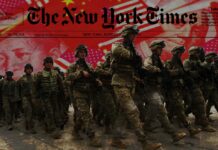


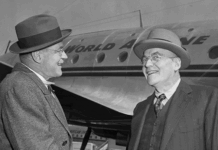
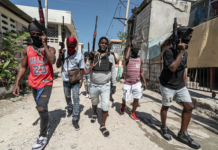
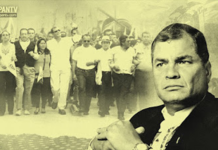


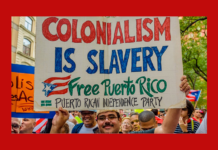

Kenya does not have the worst authoritarian government. While Kenya has faced challenges with corruption, political interference, and human rights issues, it is not considered among the most authoritarian regimes globally. Several countries, such as China, Russia, and Turkey, are identified as leading perpetrators of transnational repression, according to Freedom House.
https://freedomhouse.org/article/ten-findings-ten-years-data-transnational-repression